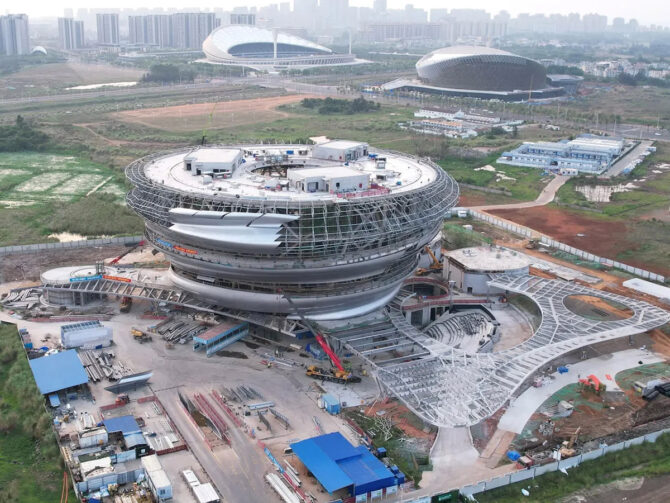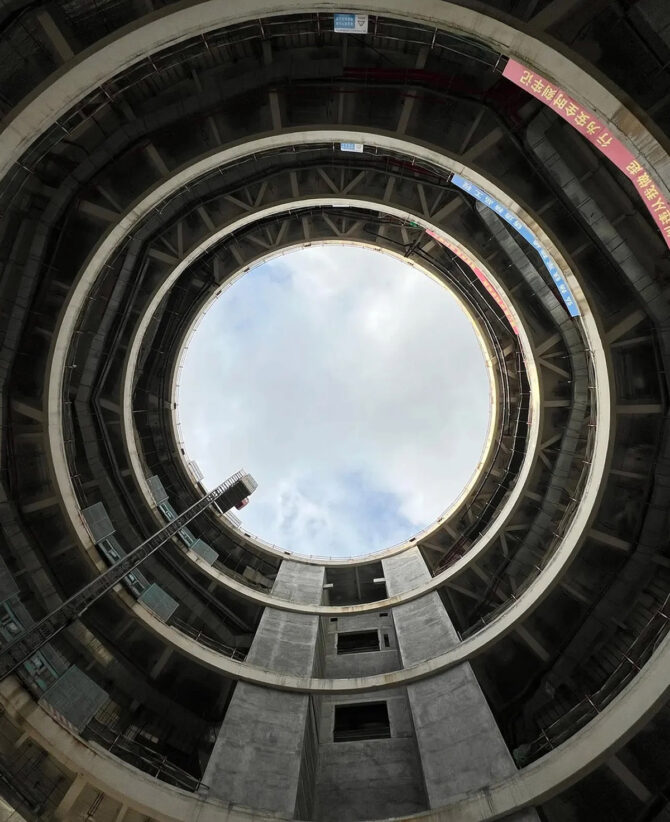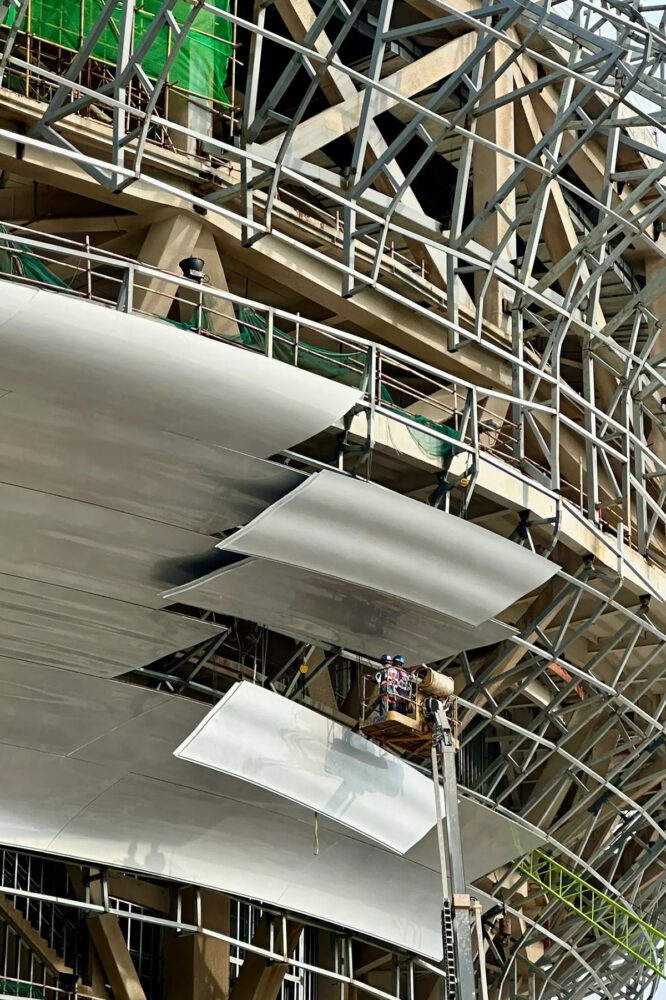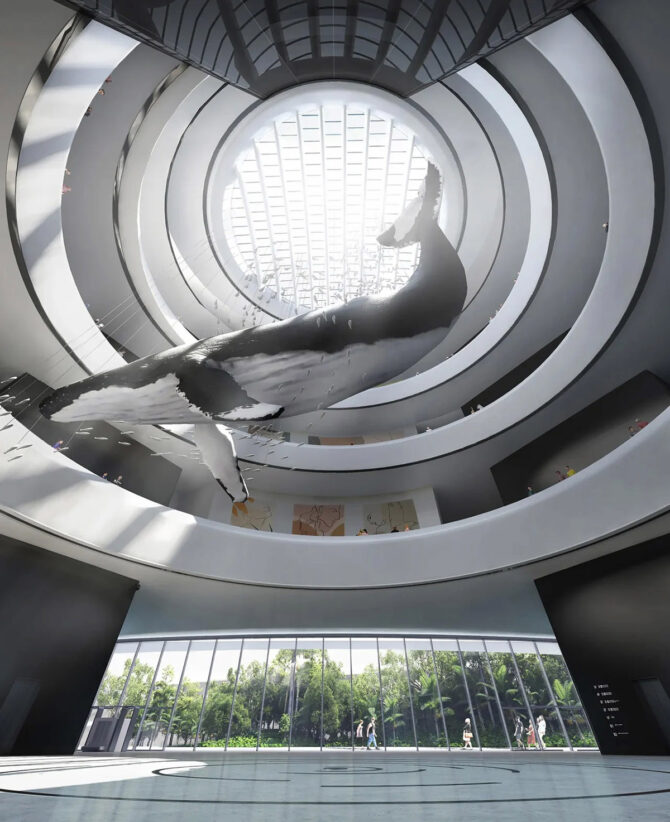Designed by renowned firm MAD, the Hainan Science Museum blends futuristic architecture with eco-efficiency. Shaped like a floating cloud, it promises to be a symbol of innovation.


In 2025, China is set to unveil one of its most ambitious architectural projects yet: the Hainan Science Museum. Designed by the internationally acclaimed architectural firm MAD, the museum transcends conventional design with its striking resemblance to a floating cloud. This project not only reflects modern aesthetics but also serves as a testament to sustainable and resilient architecture in the face of Hainan’s tropical climate.
The Vision Behind the Hainan Science Museum
MAD Architects, known for their futuristic and organic designs, conceived the Hainan Science Museum as more than just a building. The structure embodies a poetic representation of nature—mirroring the form of an updraft of warm air that rises to form clouds. By integrating art, science, and technology, the design reimagines the interaction between people and space, setting a new standard for science museums worldwide.

The museum’s purpose extends beyond visual appeal; it aims to inspire curiosity and creativity. Positioned in Hainan, an island province of China, the museum will cater to locals and tourists alike, further solidifying Hainan as a cultural and scientific hub.
Architectural Details: A Cloud Brought to Life
The Hainan Science Museum’s design is a feat of engineering and artistry. Its curving, cloud-like exterior consists of 843 individually crafted pieces of silver-colored fiberglass-reinforced plastic (FRP). These pieces, while delicate in appearance, are meticulously designed to withstand the region’s challenging tropical climate.
- Open Seams and Water-Guiding Grooves: These elements ensure water management and reduce the risk of structural damage from heavy rainfall.
- Steel and Concrete Framework: The cloud-like facade is supported by a robust steel and concrete structure, providing strength and reducing material waste.


The museum’s ability to combine beauty with durability highlights the architects’ commitment to both aesthetics and function.
Sustainability and Climate Adaptation
One of the standout achievements of the Hainan Science Museum is its adaptability to the environment. Hainan’s tropical climate poses unique challenges, including intense humidity, heat, and heavy rains. The use of fiberglass-reinforced plastic not only ensures durability but also enhances energy efficiency.

The steel framework reduces excess material use, demonstrating a conscious effort to minimize construction waste. This aligns with broader global efforts to create sustainable buildings that are both visually stunning and environmentally responsible.
Impact on Science and Culture
The Hainan Science Museum is not just an architectural marvel—it represents China’s growing focus on scientific and cultural development. It will house exhibitions that celebrate scientific advancements and foster education, particularly among younger generations.
What do you think of the Hainan Science Museum’s cloud-inspired design?
